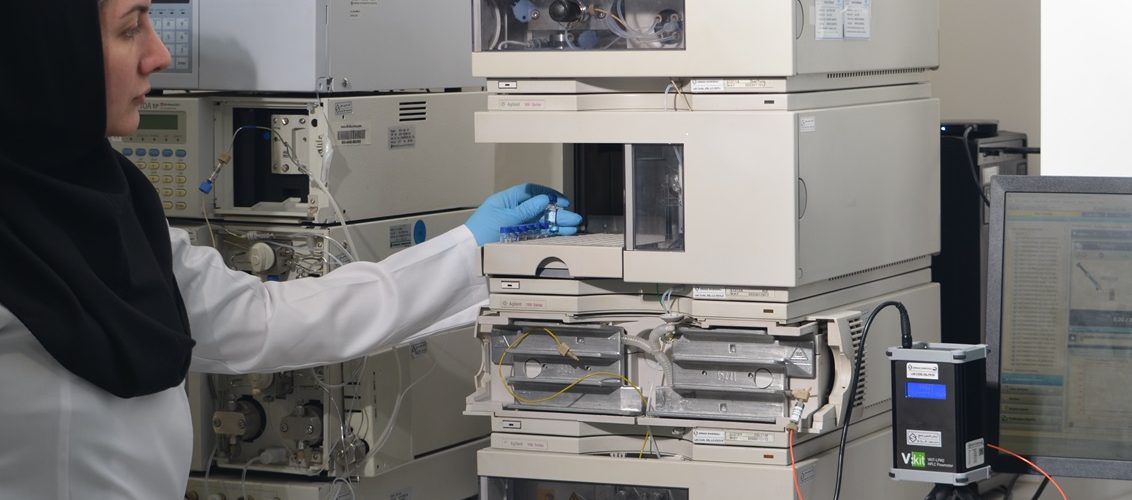Our expertise lies in calibration, qualification, drug analysis and secondary standard production. Below you can find the most frequently asked questions and answers. If you do not find your answer, be sure to contact us.

What is equipment calibration and why is it important in the pharmaceutical industry?
Calibration is the process of matching the accuracy of measuring equipment to reference standards. In the pharmaceutical industry, this process is critical because measurement errors can lead to the production of drugs that are out of specification (OOS) and endanger patient health. Regular calibration ensures that test results comply with GMP, ISO/IEC 17025 and USP requirements.
What is the difference between equipment calibration and qualification?
-
Calibration: Checking the accuracy of measuring equipment against known standards.
-
احراز صلاحیت (Qualification): اثبات اینکه تجهیزات در محیط عملیاتی خاص (مثل آزمایشگاه داروسازی) بهطور صحیح و پایدار کار میکنند.
What is the calibration process for chromatography devices (HPLC/GC)?
Calibration of these devices includes checking parameters such as pump flow accuracy, oven temperature accuracy, detector accuracy, and system linearity. Reference standards and FDA and ICH Q2 protocols, etc. are used. A full calibration report is provided with details of errors and corrections.
How often should equipment be calibrated?
It depends on the type of equipment, usage, and legal requirements.
-
Critical equipment (e.g. HPLC): annually or after each major overhaul.
-
General equipment (e.g. scales): Every 6-12 months.
We recommend a risk-based GAMP 5 schedule.
What are the steps involved in qualifying general equipment (such as incubators or centrifuges)?
-
IQ (Installation): Ensuring correct installation and compliance with technical specifications.
-
OQ (Operational): Testing performance within specified limits (e.g. temperature, speed).
-
PQ (Performance): Simulate real-world operating conditions (such as loading samples) to prove system stability.
What are the drug analysis methods in your company based on?
We use USP, EP approved pharmacopoeias and even internal validated methods or customer suggested methods. All analysis documentation is provided to customers along with valid certificates.
What documents do we receive after calibration or qualification?
-
Calibration certificate with details of errors, uncertainties, and reference standard.
-
Qualification report (IQ/OQ/PQ) signed by the technical officer.
-
Label on equipment with next calibration date.
-
All documents comply with ISO 17025 requirements and can be presented to inspectors of regulatory organizations.
What actions do you take if equipment is outside the standard range?
-
Declaration of “non-compliance” in the final report.
-
پیشنهاد تعمیر یا تنظیم مجدد تجهیزات.
-
در صورت نیاز، ارائه خدمات مشاوره برای جایگزینی تجهیزات
- در صورت تعمیر تجهیز بار دیگر توسط ما خدمات کالیبراسیون به صورت رایگان ارایه میشود.
What are the factors affecting the cost of calibration and qualification?
-
Type and number of equipment.
-
Process complexity (e.g. chromatography devices are more expensive)
-
Urgency of service (emergency services cost more)


